I would go for 1.5x voltage rating just to be safe, meaning 270-300V. Most of the N Channel FETs I see on Digikey with those specs, and are cheap/plentiful, are already more than enough in terms of current handling capability.
One of your regular looking TO-220 package FETs such as the FDP14N30 from Fairchild Semiconductor, which is a 300V 14A rated N Channel MOSFET, is plenty enough. It will dissipate 7.5 Watts with 300mOhm On resistance and 5 Amps continuous. It can do pulsed currents up to 56 Amps so i'm sure it will handle start-up current surges. Here is the datasheet from the manufacturer
Basically, try to select a component which is rated at MORE than your given parameters, with reasonable and logical room for less than ideal conditions, such as after temperature has increased or if the component happens to be on the low end of tolerance during manufacture.
If you over-rate components too much though it can cost quite a lot more in terms of production cost and PCB space, but if you have a project for university for example, over-rating a component just means your project will fail less during the desperate times you are trying to do final tests and write your reports etc.
If you expect your motor will be turned without powering it, look out for generated voltages that may actually exceed your 300V rated FET. I suggest you get some heavy duty (300-400V) rated diodes to clamp the motor + and - connections to VCC and GND. This is for "Back EMF" protection, and sometimes the diodes are referred to as flyback or freewheeling diodes I believe (this may help you research the topic, and their use). You can also put a big blocking diode parallel over the + and - connection to the motor, which helps with/does the same thing. These are usually used for any type of inductive load.
Also double check the voltage that your N channel low side gate driver uses, the IC I suggested that you use has +-30V gate voltage ratings, so you should be okay - but there ARE components which have much lower (12V, or 20V) gate voltage max ratings.
Because you will be using a proper gate driver IC, I suspect you will not have problems with 10kHz switching, but when not using a gate driver you may have gate capacitance issues causing higher switching loss, as the MOSFET takes more current to discharge/charge than for example a small micrcontroller output pin can provide. The MOSFET would then be in the "linear resistance" region much longer than if a proper gate driver had been used.

